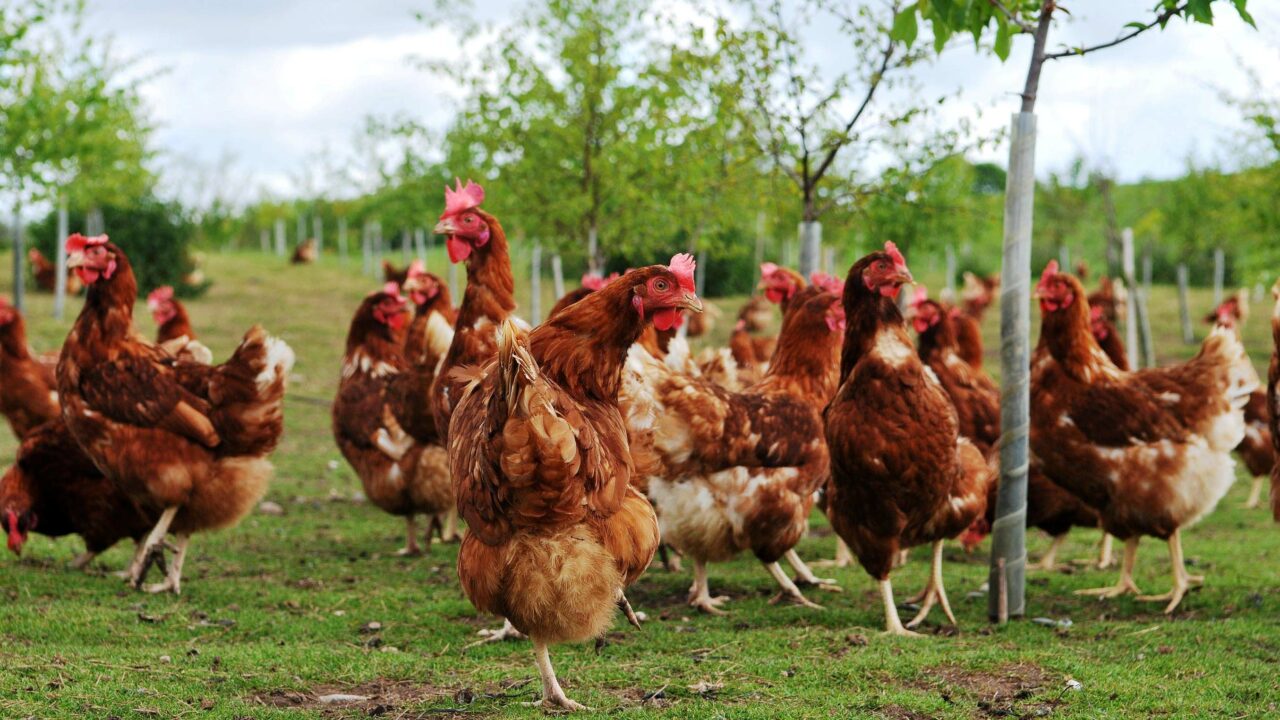A case of avian influenza (bird flu) H5N8 has been confirmed in a backyard flock of chickens and ducks in Carmanthenshire, Wales.
The Chief Veterinary Officer at the Department of Environment, Food and Rural Affairs for Wales confirmed the case yesterday evening.
In response to the confirmed case, a 3km protection zone and 10km surveillance zone have been put in place around the infected premises.
Poultry keepers and the public are reminded to remain vigilant, to follow the advice on biosecurity, and to comply fully with the prevention zone and temporary gatherings ban announced in December.
The risk to kept birds cannot be eliminated by housing alone, DEFRA said.
It advises poultry keepers that this virus can be carried into buildings on people and things to infect birds, therefore good biosecurity measures are essential.
DEFRA has called on people to continue to report findings of dead wild birds so that it can collect some of these and test them to help it understand how the disease is distributed.
This is the second confirmed case of bird flu in the UK after a case was identified in Lincolnshire in December 2016.
Highly pathogenic avian influenza (HPAI) of the strain H5N8 was confirmed in turkeys on a poultry farm.
All birds at the premises have died or have been humanely culled to limit the risk of disease spread, according to DEFRA.
An investigation is underway to understand the origin of the disease and to confirm that there are no further cases.
On December 30, the Department of Agriculture confirmed that a wild bird in Co. Wexford had contracted the disease.
The wild duck – a wigeon – was found alive but unable to fly in Wexford Town on December 28, according to the Department
A statement from the Department said that the finding is not unexpected given the detection of highly pathogenic H5N8 in wild birds in Britain in the weeks previous.
The confirmation came one week after the Minister for Agriculture, Michael Creed, introduced regulations under the Animal Health and Welfare Act 2013 requiring the compulsory housing of poultry as a result of the increased threat.

